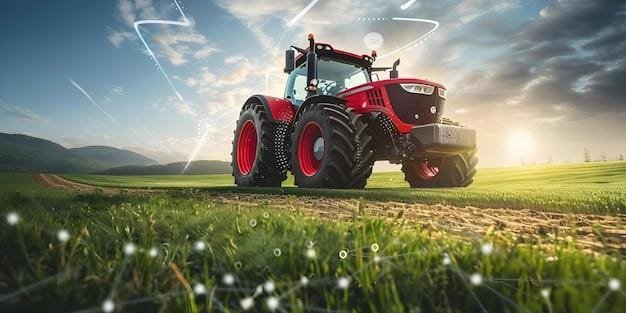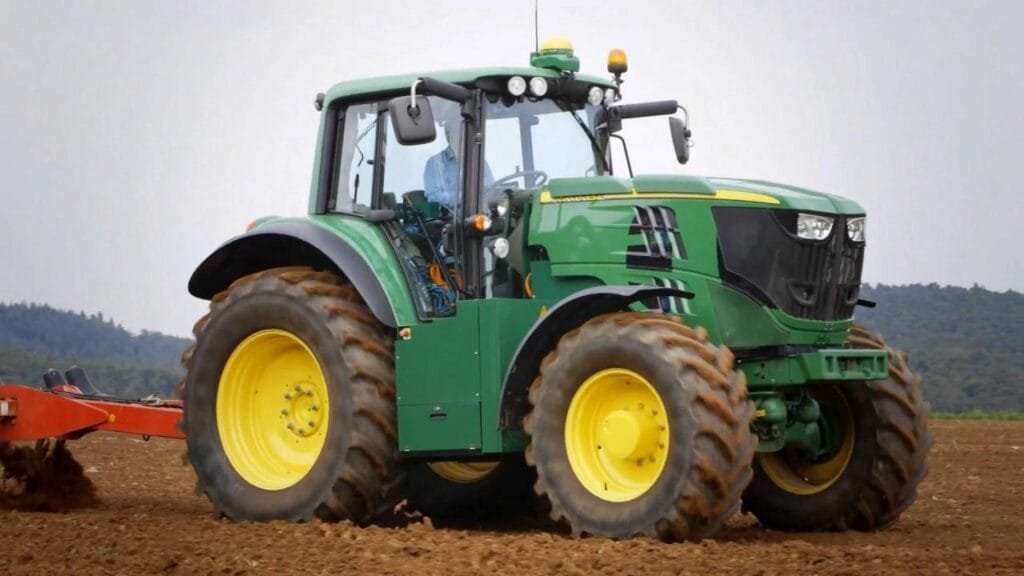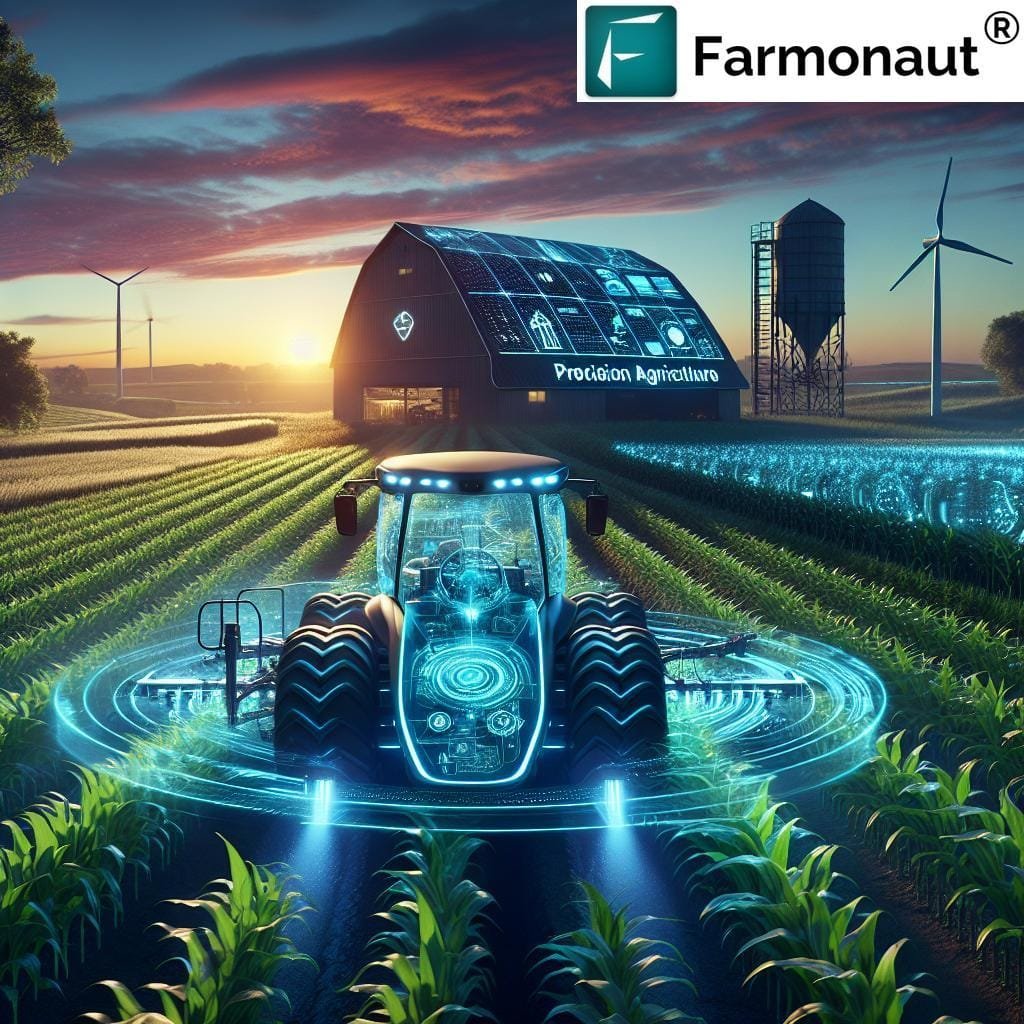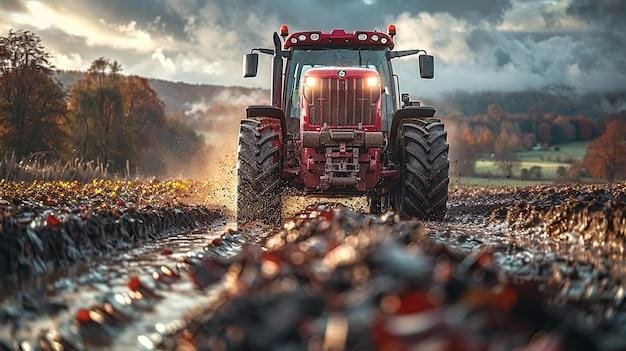The agricultural machinery landscape is shifting under the feet of tradition. In what can only be described as a watershed moment, several industry titans are joining hands in pursuit of tractor electrification-perhaps surprising given the sector’s reputation for innovation lag. Amid swelling climate pressure and mounting costs, these unexpected alliances are steering rural technology toward new horizons.
Recently, CNH Industrial announced an alliance with Monarch Tractor, a company renowned more for Silicon Valley origins than bucolic roots. This agreement does not simply involve whiteboard sketches or platitudes about sustainability; rather, it represents a commitment to co-develop scalable electrification systems focused on low-horsepower tractors. Curiously enough, some might have anticipated such technology being domain of automotive first adopters-not harvesters and seeders. With eight decades behind its brands (Case IH, New Holland Agriculture), CNH seems intent on proving that even legacy firms can move with alacrity when they’ve a clear purpose.
A crucial aspect sets this collaboration apart: Monarch brings not just electric powertrains but autonomous field platforms capable of operating with or without human drivers. Thus, electrification here means more than swapping out diesel engines-it’s introducing data-driven autonomy and machine learning into traditionally manual workflows.
Meanwhile, governmental policy winds blow favorably toward such ventures. The European Green Deal targets net-zero emissions by 2050 through robust incentives for clean farm equipment. India’s FAME program offers previously rare subsidies explicitly extended to agricultural vehicles-a fleet historically overlooked by policymakers who often focus instead upon passenger transport and urban delivery vans. Across the Atlantic in the US heartland: many have begun to tap funding from sweeping energy legislation; a portion carved expressly for ag-tech conversions.
On battery chemistry? Manufacturers zig where older engineering wisdom zags: lithium-ion cells now dominate designs due their superior energy density-a term whose resonance once belonged strictly to physicists but now peppers boardroom discussions. For operators facing steep diesel bills and unpredictable fuel markets, operational savings cresting at 70 percent make even skeptics pause at the barn door before returning to habits once considered immovable law.
Some expectations may need recalibration though. Although forecasts imply breathtaking adoption rates (one consultancy predicts global sales touching $6.5 billion by 2030), entrenched infrastructure like off-grid farms will require bespoke charging solutions unlikely deploy overnight without hiccup or improvisation. That said-with every new wiring kit installed-farmers begin glimpsing ROI less through old equations and more via sensor-laden dashboards promising fewer breakdowns per acre tilled.
Unorthodox partnerships characterize this dawn as much as seamless efficiency does; AGCO has pledged an all-electric Fendt tractor line by next year while investing elsewhere in hydrogen-fuel cell pilots unlikely make tabloids yet already influencing procurement discussions behind closed doors across three continents. Once you’d expect R&D secrets guarded closer than grandma’s pie recipe-today’s mood is oddly collaborative among rivals eyeing decarbonization targets neither achievable nor defensible alone. Perhaps necessity outpaces pride sometimes; butter churns faster if everyone turns their own paddle.
Natural curiosity arises: What implications exist beyond mechanized fields bursting with electrons instead petroleum vapor? When platforms aggregate field data-from microclimate humidity swings to soil impedance curves-they feed larger analytics that nudge crop management nearer optimality formerly reserved only for research stations conducting randomized trials over decades. Some stubborn observers claim hand-written logbooks remain superior… Yet digital seeds planted via these machines germinate insights at scales impossible solo-and unpredictably fast when partners deploy infrastructure jointly rather than serially.
Agreements rarely taste uncomplicated upon execution phase commencement (to borrow a phrase unsuited for marketing brochures). Sure enough: questions persist regarding interoperability standards between major manufacturers’ electronic controls-the sort of unresolved detail likelier drown in footnotes or distract break-room conversation from coffee temperature disputes than headline copywriters interested solely in top-line impact projections.
Despite minor frictions which those familiar call “teething pains,” momentum remains brisker than many projected during earlier pilot trials five years ago when skepticism flourished alongside wild oats during spring planting rushes everywhere except California almond orchards-where electricity transformed irrigation well before tractors felt its voltage surge directly under hood panels still warm from pre-dawn tuning sorties.
As farmer-led advisory committees interface ceaselessly with engineers halfway round the globe who sometimes mistake peasants’ lore-words like “furrow” or “subsoiling” as mere slang rather strategic protocols-truly collaborative invention ensues unpredictably but insistently nonetheless.
At this juncture nobody expects electron propulsion alone shall solve yield gaps overnight-or ever supplant expertise honed under flinty skies over wheat belts untouched since settlement days-but perhaps that’s beside main issue anyway today. Innovation’s tempo meanders sometimes before quickening again unexpectedly ashore unfamiliar harbors eager hosts never dreamed would welcome so sudden technological tidewaters’ arrival after such swift decline in fossil norms parching soil memory too long left unaddressed anyway.
Thus stands agriculture poised atop another inflection point-the implements humming differently beneath old trees bent by wind but newly powered against tomorrow’s luckless droughts sure come whether AI learns irony yet or not seems less relevant each passing season electric dreams dawn anew across green acres able shock future awake one plot at time if not always precisely how we’d first imagined last autumn’s plowshare promised anyone listening close enough amid thunder quiet progress makes between scattered storms ongoing.






